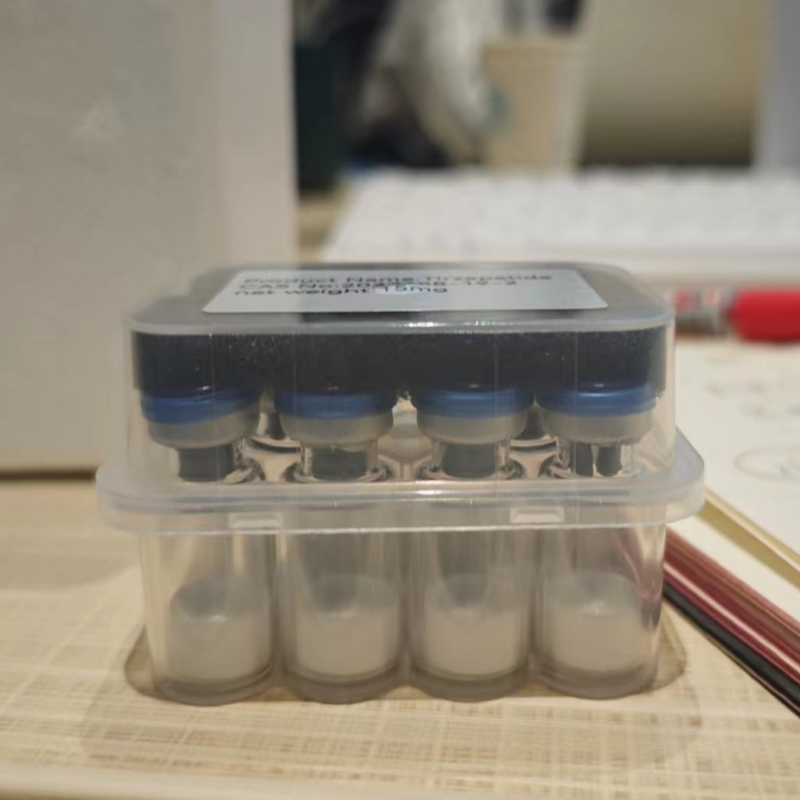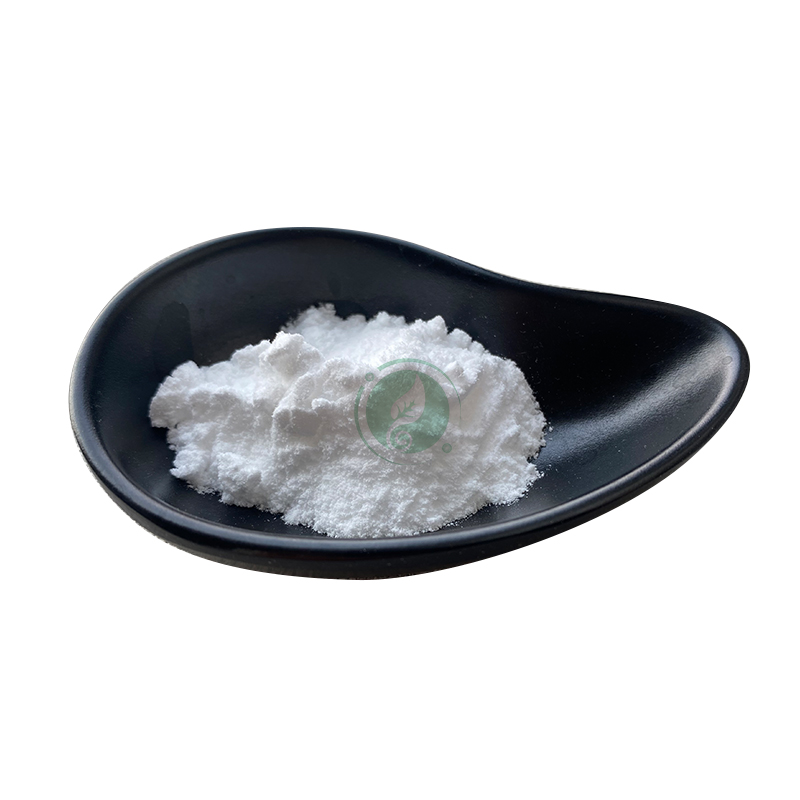-
Categories
-
Pharmaceutical Intermediates
-
Active Pharmaceutical Ingredients
-
Food Additives
- Industrial Coatings
- Agrochemicals
- Dyes and Pigments
- Surfactant
- Flavors and Fragrances
- Chemical Reagents
- Catalyst and Auxiliary
- Natural Products
- Inorganic Chemistry
-
Organic Chemistry
-
Biochemical Engineering
- Analytical Chemistry
-
Cosmetic Ingredient
- Water Treatment Chemical
-
Pharmaceutical Intermediates
Promotion
ECHEMI Mall
Wholesale
Weekly Price
Exhibition
News
-
Trade Service
Image: Prapta Ghosh, MD, is the senior author of the study and a professor in the Department of Medicine and Cellular and Molecular Medicine at the University of California, San Diego School of Medicine
Source: University of California San Diego School of Health Sciences
Researchers from the University of California San Diego School of Medicine wrote an article in the online journal Nature Communications on July 12, 2021, describing a new method that uses machine learning to find disease targets and then predict whether a drug may be available FDA approved
The results of the study may significantly change the way researchers screen big data to find meaningful information that has significant benefits for patients, the pharmaceutical industry, and the U.
"Academic laboratories, pharmaceuticals and?" Biotech companies? Unlimited amounts of "big data" and better tools than ever to analyze this data are available
"This is mainly because drugs that play a perfect role in preclinical inbreeding models, such as laboratory mice that are genetically or otherwise identical to each other, will not be transformed into clinical patients, because in the clinic, each individual and their Diseases are unique
In the new study, Ghosh and his colleagues replaced the first and last steps in preclinical drug discovery and two new methods developed at the Institute of Network Medicine (iNetMed) at the University of California, San Diego, which combined several studies.
The researchers used a disease model of inflammatory bowel disease (IBD), which is a complex, multifaceted, and recurring autoimmune disease characterized by inflammation of the intestinal mucosa
The first step is called target recognition, and it uses an artificial intelligence (AI) method developed by the Precision Computing System Network Center (PreCSN), which is the computing department of iNetMed
The basic algorithm ensures that the recognized gene expression pattern is "invariant" regardless of different disease cohorts
Ghosh said: "In a face-to-face comparison, we proved that this method is superior to existing methods in accurately predicting the'winners' and'losers' in clinical trials
The final step, the target verification in the preclinical model, was carried out in a first "phase 0" clinical trial, using a biobank of living organoids from IBD patients
The "0-stage" method involves testing the efficacy of drugs determined using artificial intelligence models on human disease organoid models, which are human cells cultured in a 3D environment to simulate in vitro diseases
"The concept of'Phase 0'trials emerged because most drugs failed
The biopsy in this study was collected during colonoscopy of patients with IBD
"There are two big surprises
"Secondly, the drugs identified by the artificial intelligence model not only repair the broken barriers, but also protect them from the pathogenic bacteria we added to the intestinal model
.
These findings indicate that the drug can be used for both acute flares and It can be used for maintenance therapy to prevent such flares
.
"
Researchers have found that in different cohorts of IBD patients, the calculation method has surprisingly high accuracy, and together with the "phase 0" method, they have developed a first-class treatment method to restore and protect the intestinal barrier of IBD
.
"Our research shows the possibility of success in phase III clinical trials.
For any target, mathematical precision can be used to determine," said Debashis Sahoo, PhD, the second author of the article, the lead researcher of PreCSN Associate Professor of Pediatrics in the Department and Computer Science in University of California San Diego School of Medicine and University of California San Diego
.
Sahoo said: "Our method can provide predictive horsepower, help us understand how the disease progresses, evaluate the potential benefits of a drug, and develop strategies for how to use combination therapies when current treatments fail
.
"
The author said that the next steps include testing whether drugs that have passed the human phase "0" test in a petri dish can pass the third phase test in the clinic; and whether the same method can be used for other diseases, from different types of cancer and Alzheimer's disease to non-alcoholic fatty liver
.
Ghosh said: "Our blueprint may break the status quo and provide better medicines for chronic diseases that have not yet found a good treatment plan
.
"
# # #







